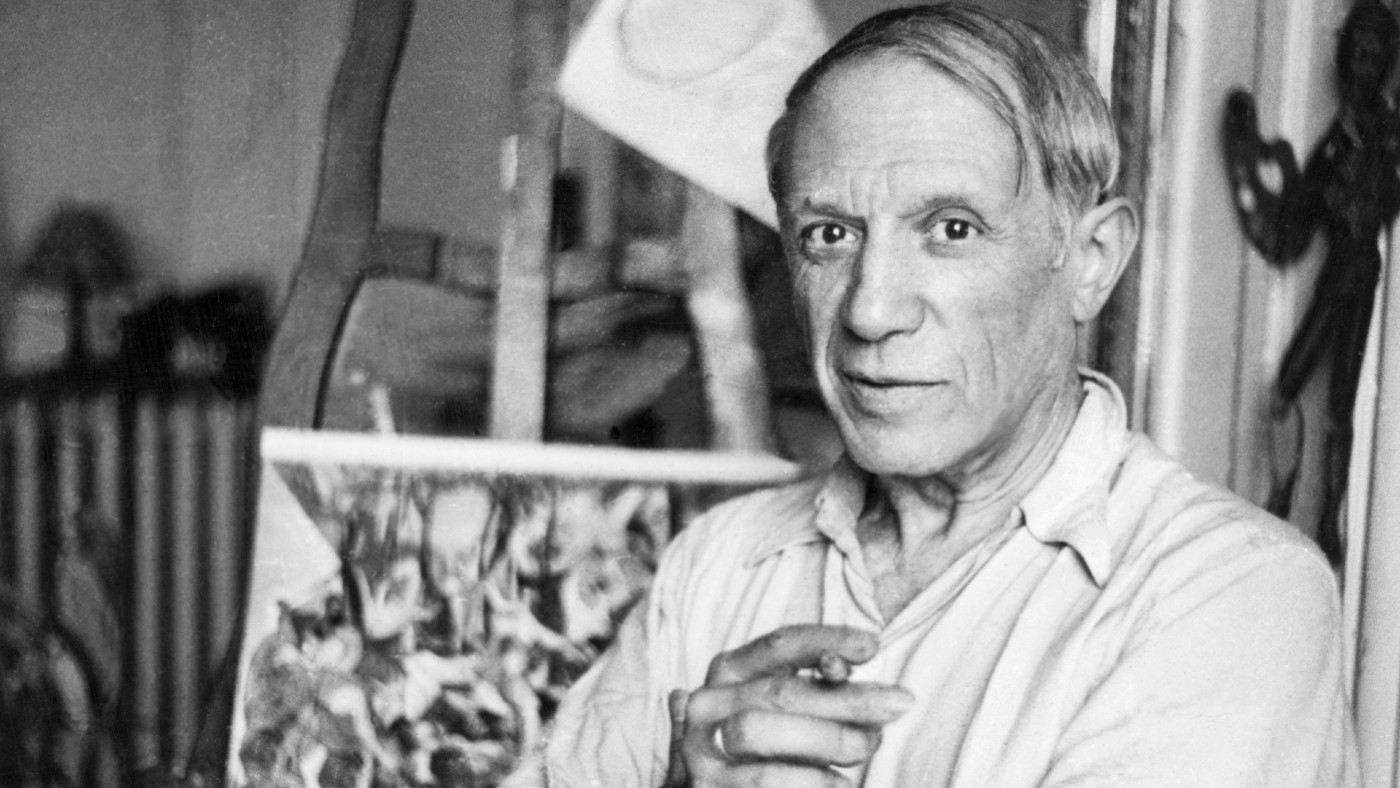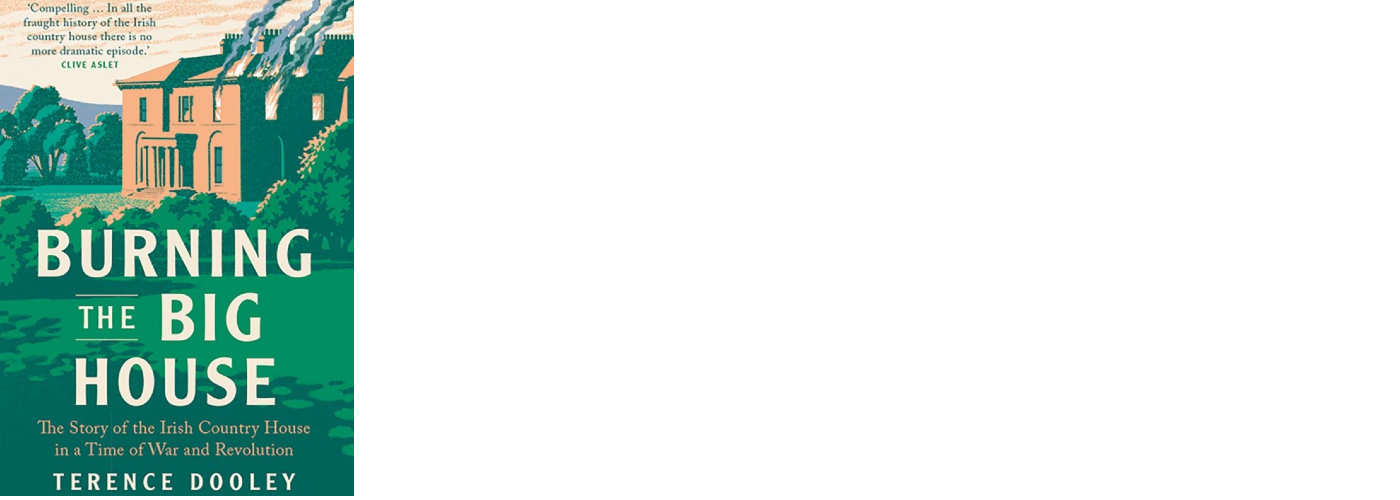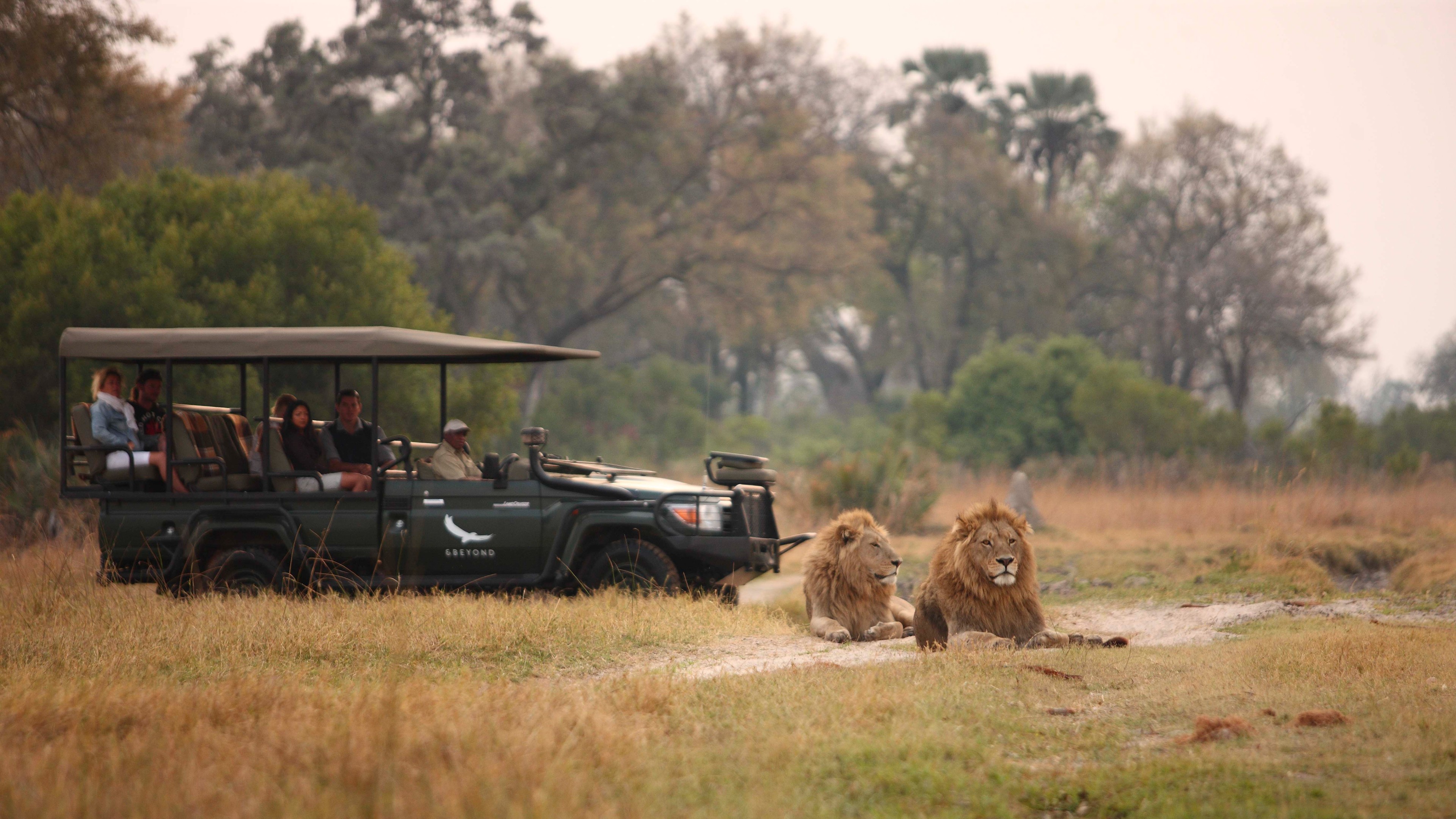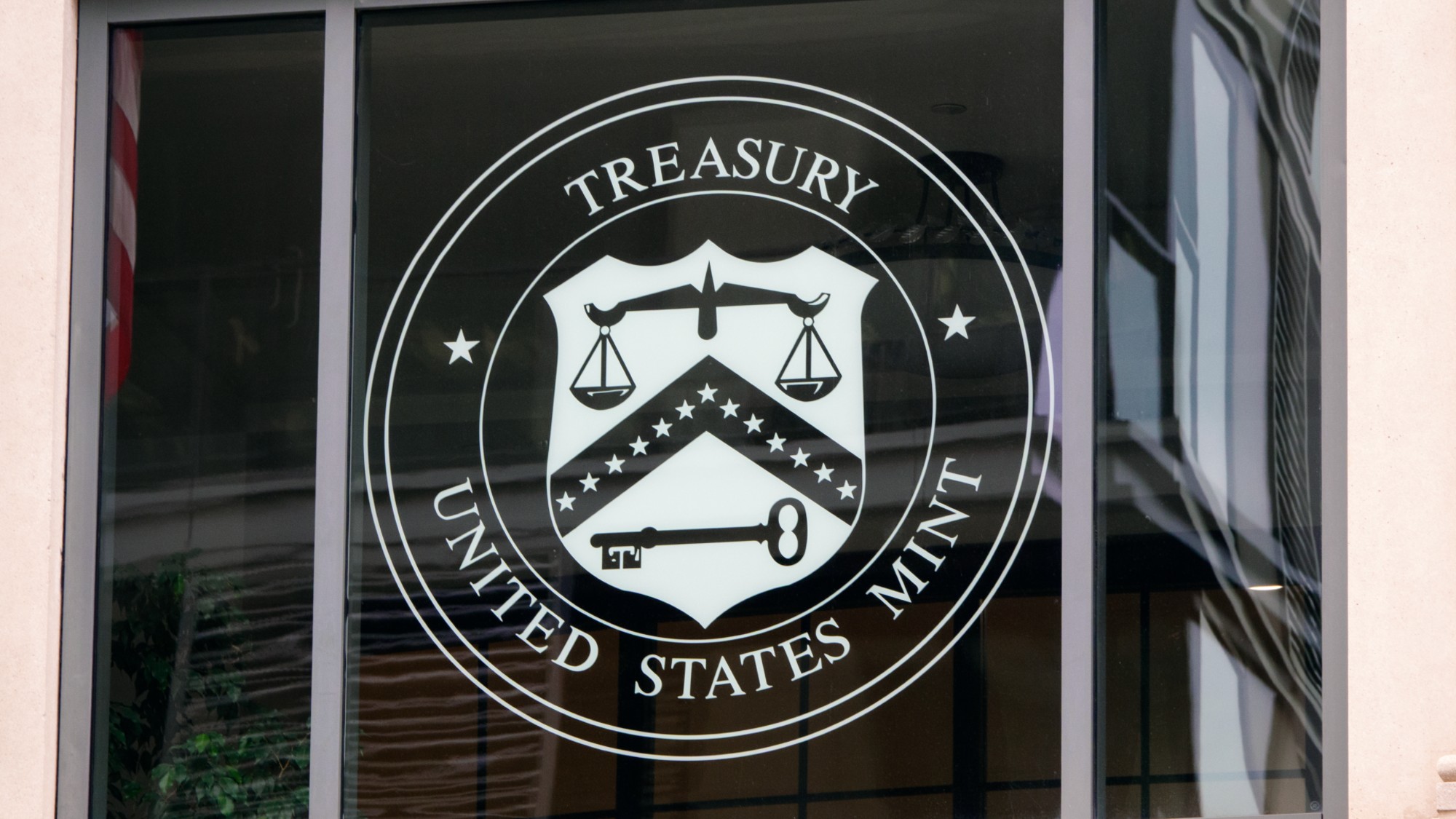A Life of Picasso: Vol. IV – a flawed but ‘astounding’ book
John Richardson’s new volume is clever and flamboyant

In this thoughtful, “impeccably researched” book, Terence Dooley narrates the “tumultuous history” of Irish country houses in the early 20th century, said Gareth Russell in The Times. During the War of Independence (1919-21) and the civil war that followed it, the IRA burned down some 300 of the country’s biggest houses – a fifth of the total. Some were buildings of great architectural value – such as the vast Palladian mansion Summerhill House in Meath, known as the “wonder of Ireland” – while others were relatively small.
It’s usually assumed that the IRA targeted the “Big House” because it was a “symbol of foreign oppression and condescension”, said Andrew Gailey in Literary Review. Expelling their Anglo-Irish owners was “an act as much moral as political” that would “herald the birth of the new state”. Yet very often, Dooley contends, the motives for the burnings were less exalted. Many, he shows, were “impromptu responses to Black and Tans atrocities”, while others were driven largely by the “desire to take land”.
The question of land – and who owned it – was of course highly emotive in Ireland, said Adrian Tinniswood in The Daily Telegraph. After the Land War of the late 19th century, pitching tenant farmers against their aristocratic overlords, much of Ireland’s farmland had been redistributed to the former. Yet “vast swathes of untenanted lands” still surrounded most country houses – a red rag to the young and landless IRA volunteers.
The Week
Escape your echo chamber. Get the facts behind the news, plus analysis from multiple perspectives.

Sign up for The Week's Free Newsletters
From our morning news briefing to a weekly Good News Newsletter, get the best of The Week delivered directly to your inbox.
From our morning news briefing to a weekly Good News Newsletter, get the best of The Week delivered directly to your inbox.
His argument will enrage some in Ireland, who prefer to see the IRA as heroic freedom fighters, not “sordid land-grabbers”. But it’s typical of Dooley’s “nuanced” approach that he accepts “the two are not mutually exclusive”. In dismantling “the myths surrounding the burning of the Big House”, he has surely written the “definitive account”.
Yale University Press 368pp £25; The Week Bookshop £19.99

The Week Bookshop
To order this title or any other book in print, visit theweekbookshop.co.uk, or speak to a bookseller on 020-3176 3835. Opening times: Monday to Saturday 9am-5.30pm and Sunday 10am-4pm.
A free daily email with the biggest news stories of the day – and the best features from TheWeek.com
-
 11 hotels opening in 2026 to help you reconnect with nature
11 hotels opening in 2026 to help you reconnect with natureThe Week Recommends Find peace on the beaches of Mexico and on a remote Estonian island
-
 Zimbabwe’s driving crisis
Zimbabwe’s driving crisisUnder the Radar Southern African nation is experiencing a ‘public health disaster’ with one of the highest road fatality rates in the world
-
 The Mint’s 250th anniversary coins face a whitewashing controversy
The Mint’s 250th anniversary coins face a whitewashing controversyThe Explainer The designs omitted several notable moments for civil rights and women’s rights
-
 The ultimate films of 2025 by genre
The ultimate films of 2025 by genreThe Week Recommends From comedies to thrillers, documentaries to animations, 2025 featured some unforgettable film moments
-
 Into the Woods: a ‘hypnotic’ production
Into the Woods: a ‘hypnotic’ productionThe Week Recommends Jordan Fein’s revival of the much-loved Stephen Sondheim musical is ‘sharp, propulsive and often very funny’
-
 The best food books of 2025
The best food books of 2025The Week Recommends From mouthwatering recipes to insightful essays, these colourful books will both inspire and entertain
-
 Art that made the news in 2025
Art that made the news in 2025The Explainer From a short-lived Banksy mural to an Egyptian statue dating back three millennia
-
 Nine best TV shows of the year
Nine best TV shows of the yearThe Week Recommends From Adolescence to Amandaland
-
 Winter holidays in the snow and sun
Winter holidays in the snow and sunThe Week Recommends Escape the dark, cold days with the perfect getaway
-
 The best homes of the year
The best homes of the yearFeature Featuring a former helicopter engine repair workshop in Washington, D.C. and high-rise living in San Francisco
-
 Critics’ choice: The year’s top 10 movies
Critics’ choice: The year’s top 10 moviesFeature ‘One Battle After Another’ and ‘It Was Just an Accident’ stand out